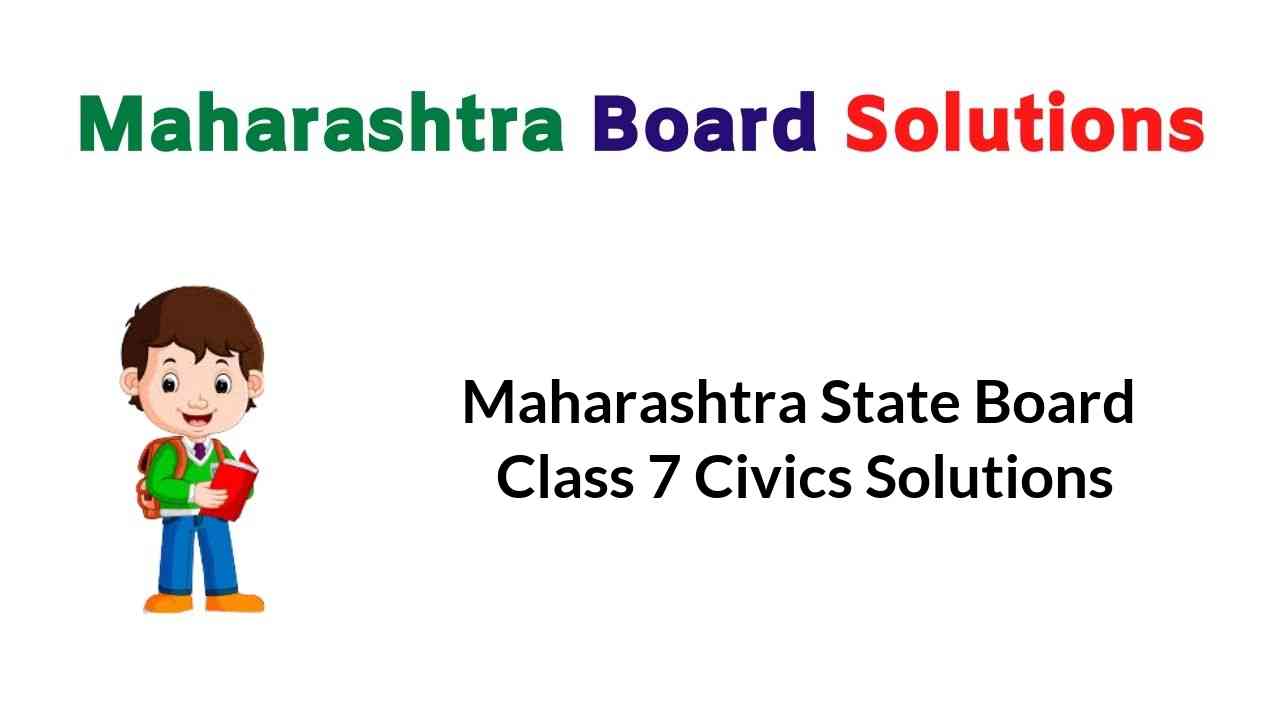Balbharti Maharashtra State Board Class 7 Maths Solutions covers the 7th Std Maths Practice Set 32 Answers Solutions Chapter 8 Algebraic Expressions and Operations on them.
Algebraic Expressions and Operations on them Class 7 Maths Chapter 8 Practice Set 32 Solutions Maharashtra Board
Std 7 Maths Practice Set 32 Solutions Answers
Question 1.
Classify the following algebraic expressions as monomials, binomials, trinomials or polynomials.
i. 7x
ii. 5y – 7z
iii. 3x³ – 5x² – 11
iv. 1 – 8a – 7a² – 7a³
v. 5m – 3
vi. a
vii. 4
viii. 3y² – 7y + 5
Solution:
i. Monomial
ii. Binomial
iii. Trinomial
iv. Polynomial
v. Binomial
vi. Monomial
vii. Monomial
viii. Trinomial
Std 7 Maths Digest
- Practice Set 32 Class 7 Answers
- Practice Set 33 Class 7 Answers
- Practice Set 34 Class 7 Answers
- Practice Set 35 Class 7 Answers
- Practice Set 36 Class 7 Answers
- Practice Set 37 Class 7 Answers
- Practice Set 38 Class 7 Answers
- Practice Set 39 Class 7 Answers
- Practice Set 40 Class 7 Answers
- Practice Set 41 Class 7 Answers
- Practice Set 42 Class 7 Answers
- Practice Set 43 Class 7 Answers












